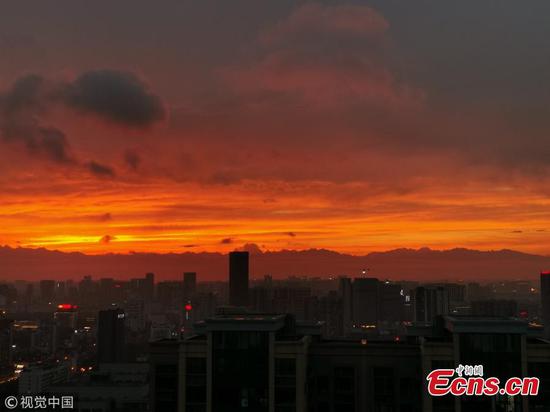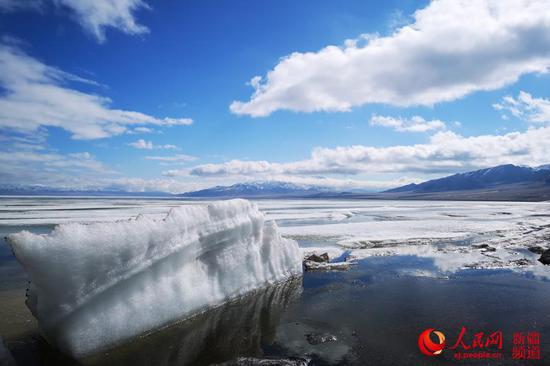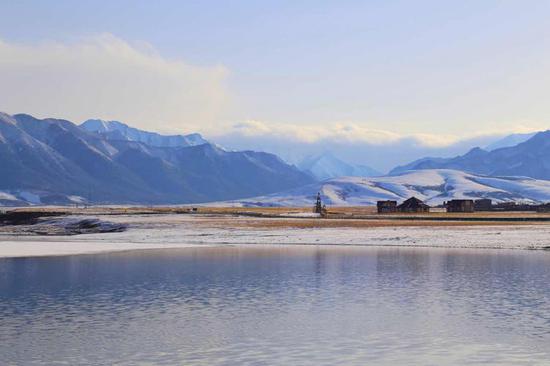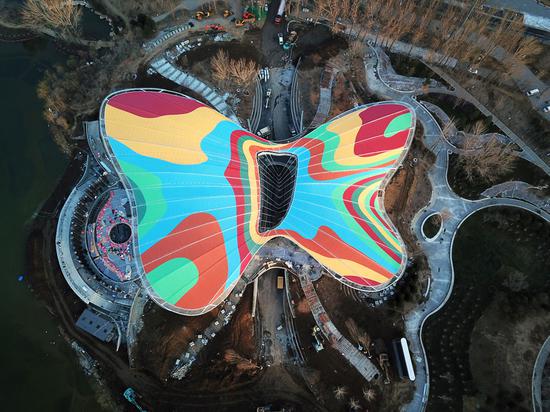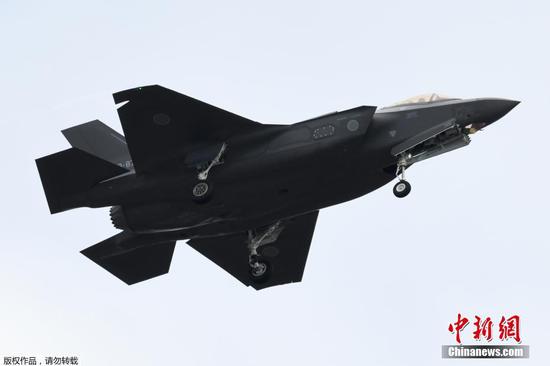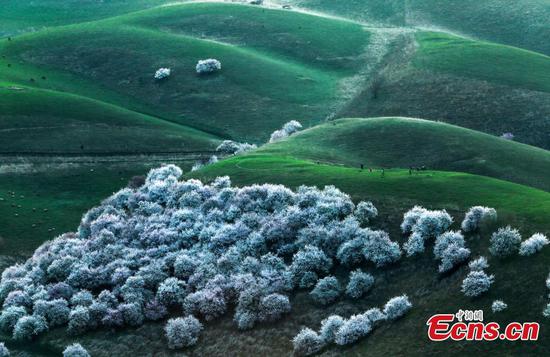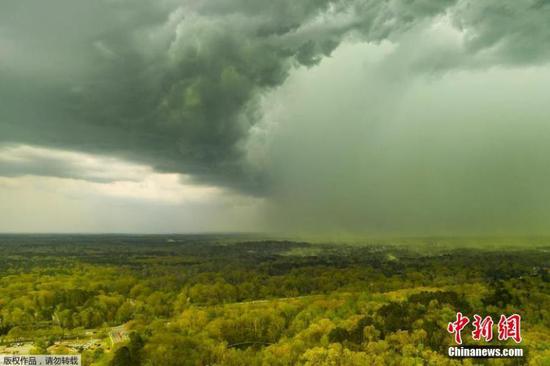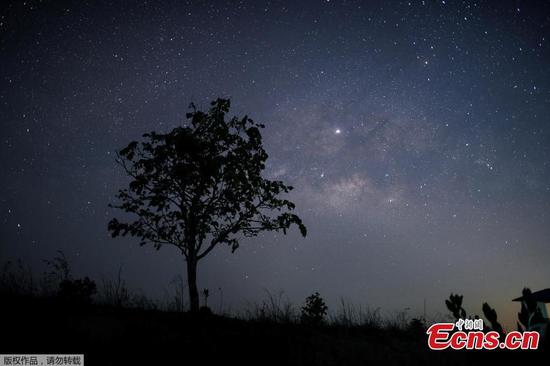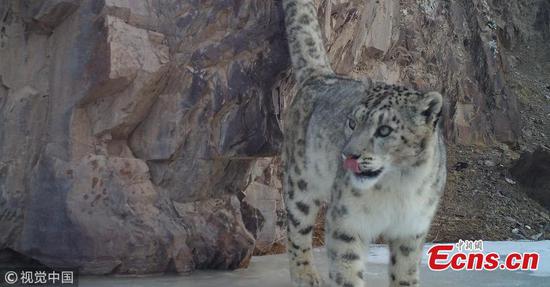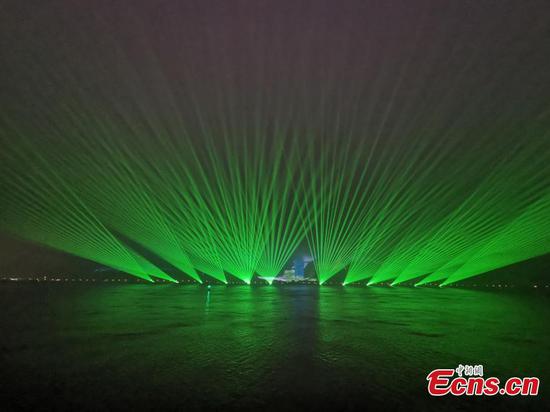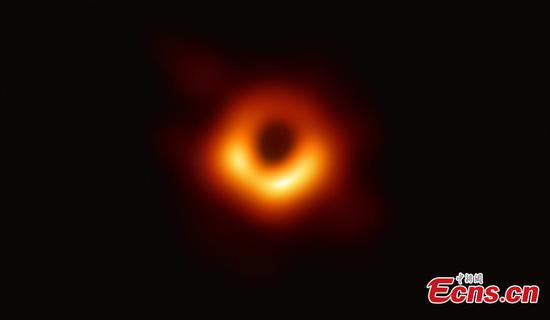
Photo provided by the Event Horizon Telescope (EHT) shows the first image of a black hole. (Photo provided to China News Service)
More than 200 years after British natural philosopher John Michell guessed the existence of big-massive objects from which even light could not escape, and 50 years after U.S. theoretical physicist John Archibald Wheeler coined the term "black hole", humans got their first look at one on Wednesday evening, when the Event Horizon Telescope project made public the first photo of a black hole at a coordinated news conference jointly held in six cities on three continents. Humankind has been waiting for this for a long time, comments China Daily:
Black holes are thought to be the biggest objects in the universe. For example, Sagittarius A*, the black hole located at the center of our Milky Way galaxy, is estimated to equal about 4 million suns in mass, with a diameter of about 44 million kilometers.
Yet they might be the most difficult to be seen by humankind, first because they are so far away from us. Sagittarius A* is 25,000 light years, or about 240,000 trillion kilometers, away from the Earth. To quote Gou Lijun, a senior astronomer at the National Astronomical Observatories, it is as difficult to observe Sagittarius A* as it is to observe an orange on the surface of the moon.
More importantly, black holes are so big that stars, planets, gas, dust and all forms of electromagnetic radiation, even light, gets swallowed into oblivion. As a result, they cannot be seen directly. The only possibility of "seeing" a black hole lies in capturing its so-called black shadow, an area of darkness at the heart of the accretion disk-a ring of light comprising shredded matter and radiation circling the event horizon-the point of no return-at tremendous speeds.
The long distances mean that very sensitive telescopes were required to capture the image, which is why scientists coordinated eight of the most advanced telescopes located in observatories from Spain to the South Pole, and synchronized them to one another other via atomic clocks.
There were only about 10 days suitable for observance each year, after which the scientists had to process the data they got for almost one year to produce the final image, which represents another notable moment in our understanding of the wonders of the universe we inhabit.










